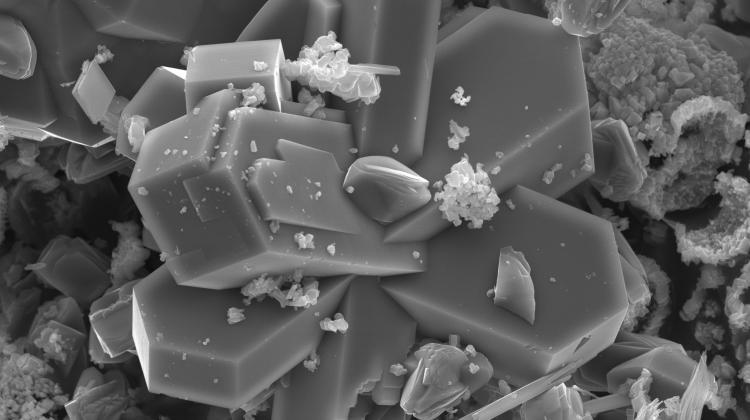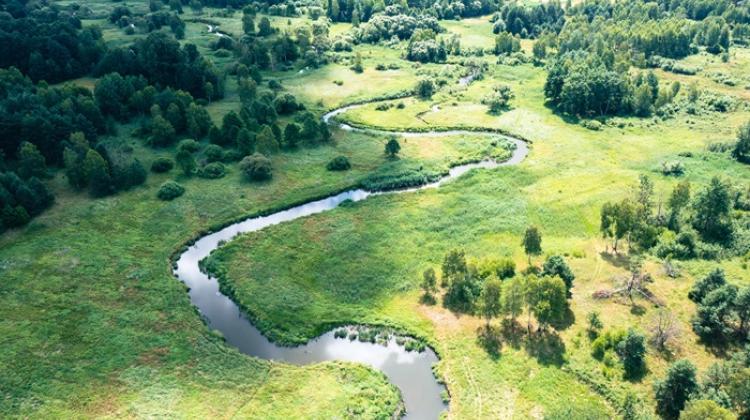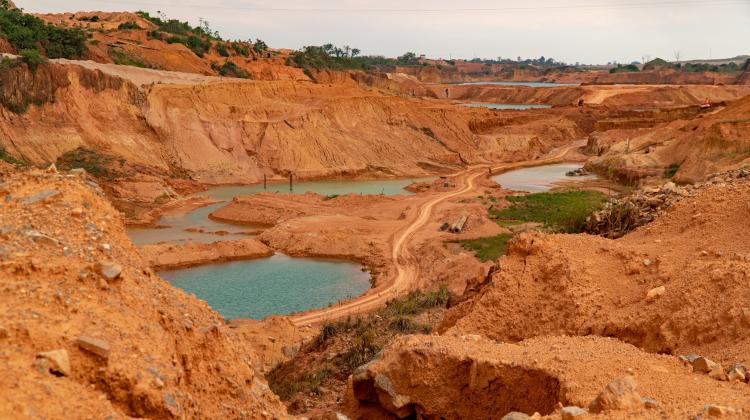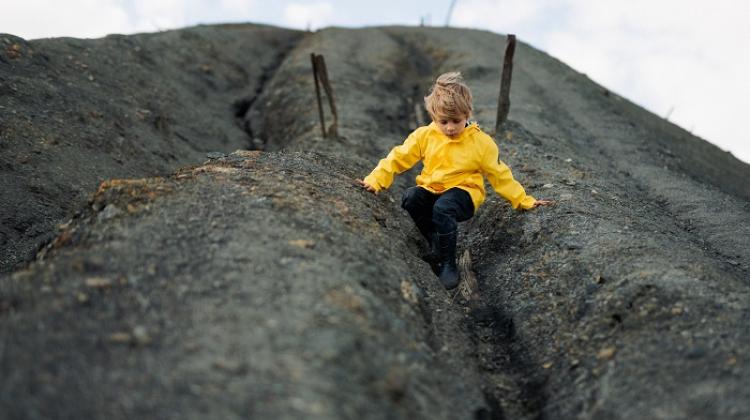Scientists will refine and harness fly ash
 Zeolite - a mineral that can be obtained from fly ash. Source: FNP
Zeolite - a mineral that can be obtained from fly ash. Source: FNP
Fly ash generated during coal combustion harms people and the environment, also by intensifying the phenomenon of smog. Researchers from Kraków, Lublin and Warsaw want to process this waste into valuable functional materials, useful for the preservation of monuments, sewage treatment or soil fertilization.
The work is carried out by the FUNash consortium, in which scientists from the Lublin University of Technology, the AGH University of Science and Technology in Kraków and the University of Warsaw have joined forces. They received over PLN 21 million for the project from the Foundation for Polish Science as part of the TEAM-NET programme.
"We intend to use the resulting materials for the production of mineral-asphalt mixtures and self-healing concrete. A complete novelty will be the production technology of biocement used in the consolidation of sandy soils and revitalization of stone surface damage, including cultural monuments" - says Prof. Wojciech Franus from the Faculty of Civil Engineering and Architecture of the Lublin University of Technology, the leader of the FUNash project.
Researchers will develop technologies for many areas of the economy, including construction, agriculture or environmental engineering. They estimate that thanks to such a wide range of products and technologies, the utilisation of fly ash in Poland will increase by 3 to 5 percent.
This is important, they point out, because Polish power plants and combined heat and power plants generate about 4 million tonnes of fly ash every year. About 60 percent of this waste product is used in the production of concrete and cement, soil stabilization in road construction, as a backfilling material and for filling boreholes in mines.
"That does not change the fact that huge amounts of ash are still being stored and pollute the environment. Part of it, as a fine-grained material, is blown by the wind, which adds to the smog phenomenon. Landfills take up space that can be used for other purposes. On top of that, there are storage costs and environmental fees charged to producers. It is therefore more advantageous to utilise ashes than to store them" - says Prof. Franus.
Ashes from the energy industry can be used as a biocement for the preservation of monuments. New technologies will allow to prepare mineral substrates with specific physico-chemical properties. They will then be modified with appropriate bacteria, for example producing calcium carbonate. According to Prof. Franus, such microbiologically modified cement will be suitable for revitalization of cultural monuments. In order to be able to use biocement on a wider scale, first we need to develop efficient technologies for the synthesis of ash-based functional materials. This is the task of one of the teams from the Lublin University of Technology in the FUNash consortium. Another team from this university will create mineral-microbiological hybrids and test the possibilities of their use in construction.
WHAT HAS POLLUTED CAN NOW CLEAN
Another novel solution will be the conversion of ashes into sorbents intended for removing pollutants from waters, sewage and soils. They will remove metals, antibiotics, pesticides and herbicides from the environment. This is the task of a research group from the Faculty of Geology, Geophysics and Environmental Protection of the AGH University of Science and Technology.
The team from the Faculty of Biology of the University of Warsaw will also work on the elimination of pollution from the environment. Researchers will enrich materials obtained from ash with organic substances (for example whey or molasses), and then they will deposit bacteria that carry out the process of water, soil or air bioremediation.
"Thanks to this combination, the bacteria will be more stable and more efficient, and the biofiltration process will be more likely to succeed. Similar method will involve the application of denitrification bacteria deposited on functionalised materials from fly ash in sewage treatment plants" - says Prof. Wojciech Franus.
As part of the project, scientists will develop technology for the production of mineral-organic fertilizers with the addition of lignite, intended for dominant plant species in Europe. This stage of work will be carried out by researchers from the AGH University of Science and Technology.
Biologists from the University of Warsaw intend to use materials made of ashes as substrates for microorganisms that stimulate plant growth, accelerate the composting process or inhibit the development of plant pathogens. The latter application will allow for the natural elimination of phytopathogens, without the need to use environmentally harmful pesticides. Scientists have already managed to select and test strains of bacteria and fungi suitable for use in the proposed bio-fertilizers. Cryophilic strains can be used in our climate zone.
INTER-UNIT FEDERATION OF EXPERTS
Research work in the FUNash project will be carried out by six independent research teams. They will work closely together and exchange results, which, according to the project leader, may lead to the creation of non-obvious and unique technological solutions.
The federation of the Lublin University of Technology, the AGH University of Science and Technology in Kraków and the University of Warsaw will provide services, new technologies and products developed on the basis of fly ash. This portfolio will be offered to various branches of the economy.
"The advantage of the proposed solutions is their plasticity, which means that specific products can be easily modified or redesigned for specific industry needs" - concludes Prof. Wojciech Franus.
PAP - Science in Poland
kol/ zan/ kap/
tr. RL
Przed dodaniem komentarza prosimy o zapoznanie z Regulaminem forum serwisu Nauka w Polsce.


















